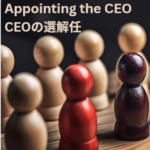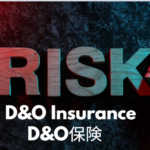TSE has released the material “Status of Companies’ Responses and Follow-up on “Responses to Achieve Management Conscious of Cost of Capital and Stock Prices” at the 11th Follow-up Meeting on Revision of Market Classification held on August 29, 2023. I would like to provide a summary of this document below and consider the issues discussed.
Status of display regarding “Measures to realize management conscious of cost of capital and stock price”
Based on the corporate governance reports* of listed companies in light of the recent request for “measures to realize management with awareness of cost of capital and stock price” (compiled as of mid-July, when the CG reports of companies whose fiscal year ended in March were available).
※ The current request does not specify the documents to be disclosed, but requires that a statement be made in the CG report to the effect that disclosure has been made and the method of access to such disclosure.









